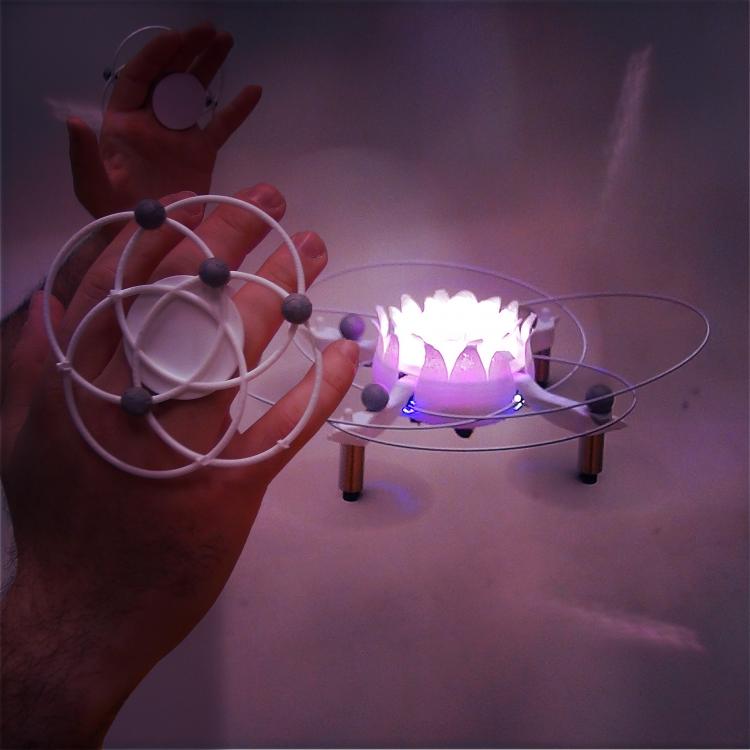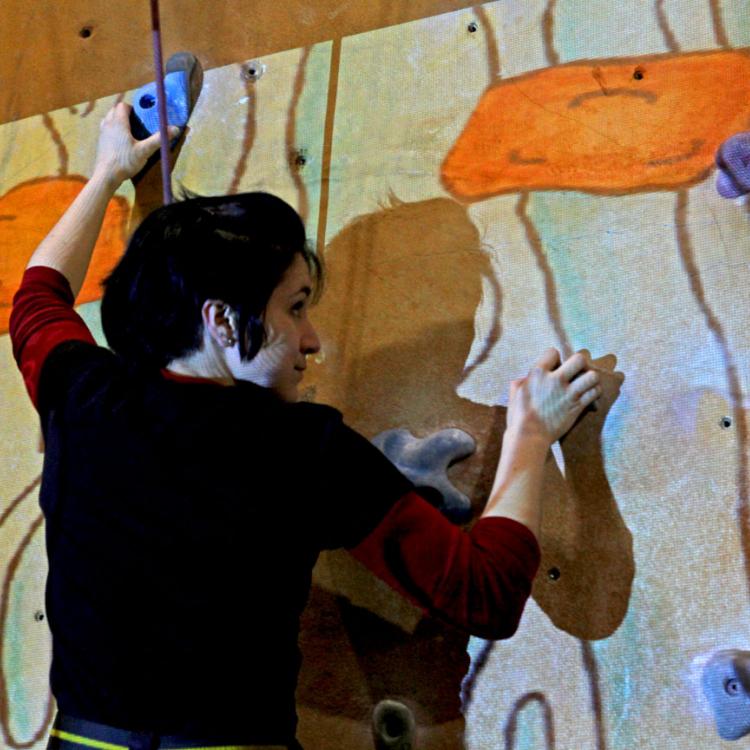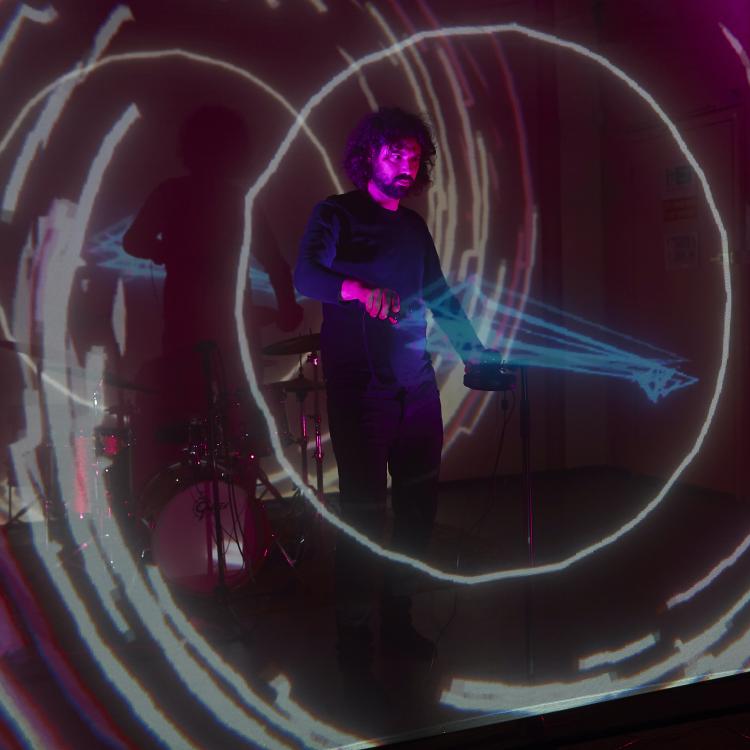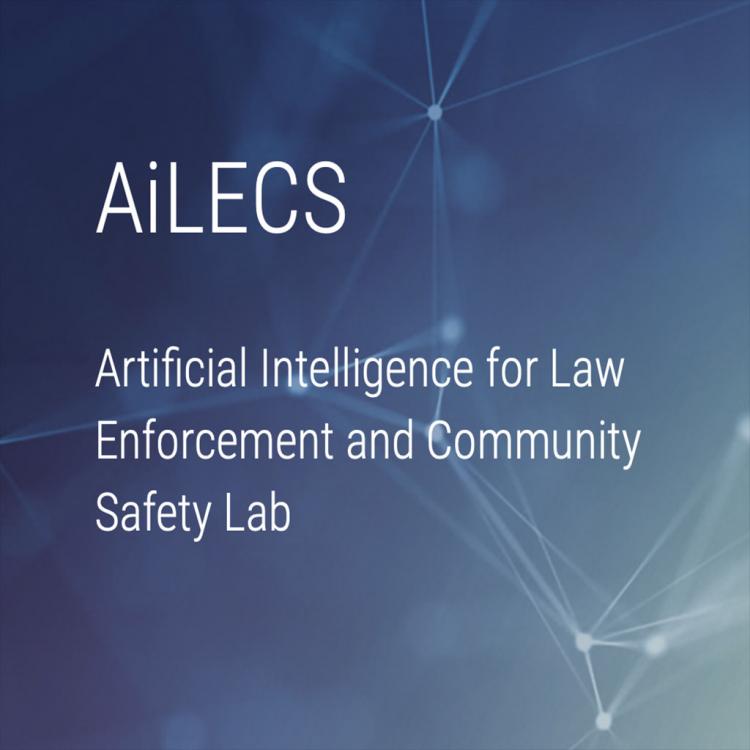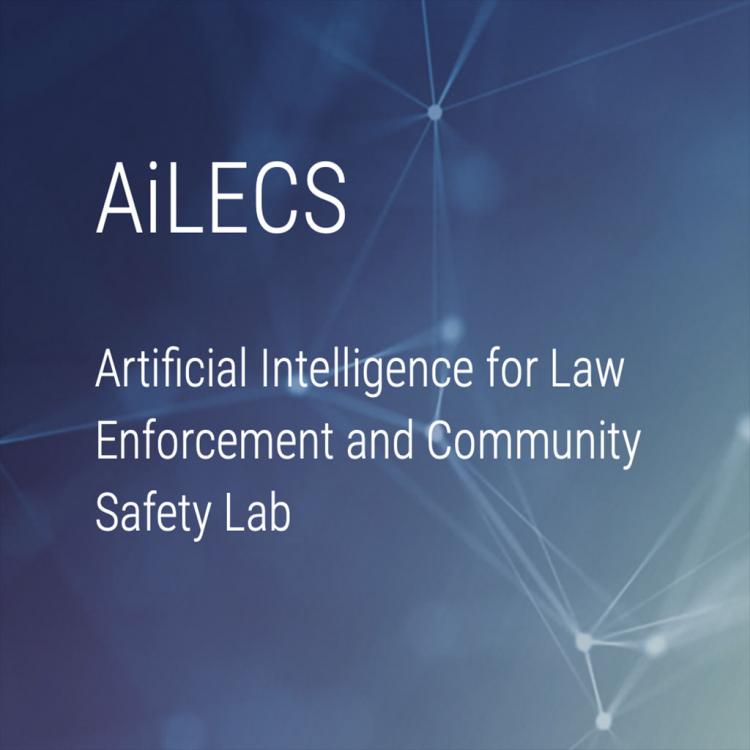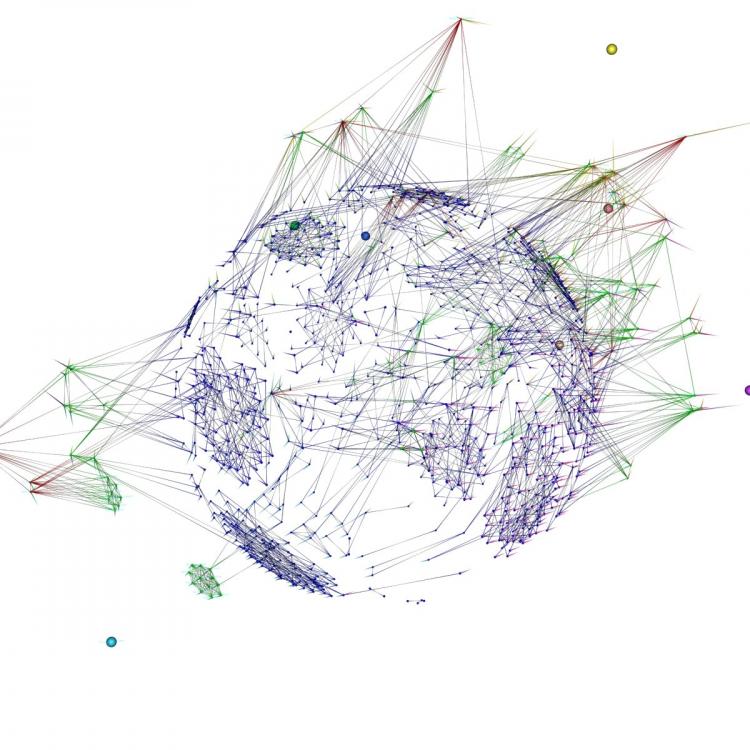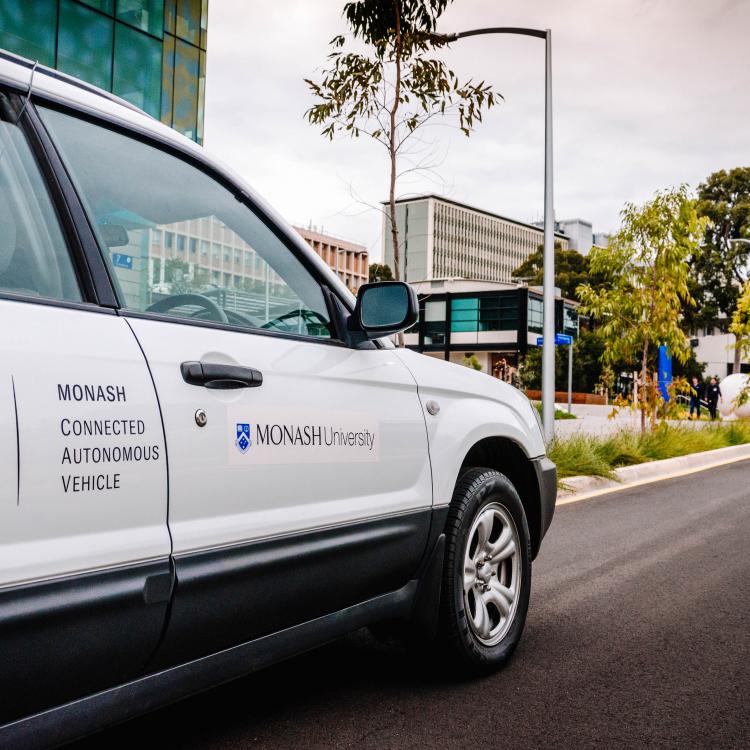With drones getting smaller and smaller, we regard them as physical pixels that can be placed anywhere in space, allowing us to experience digital content in the physical world in novel playful ways.
These projects will utilize the lab’s Qualisys motion capture system and Crazyflie mini quadcopters. A passion for robotics including hard- and software design for quadcopters and motion capture is desirable.
The result will be a thesis in the field of interaction design, contributing to our understanding of experiencing the human body as play.
